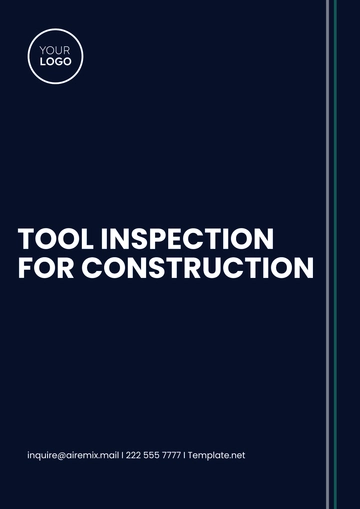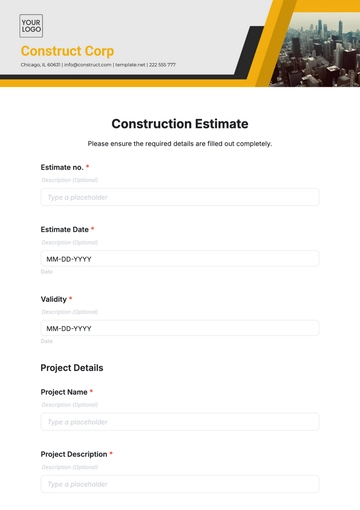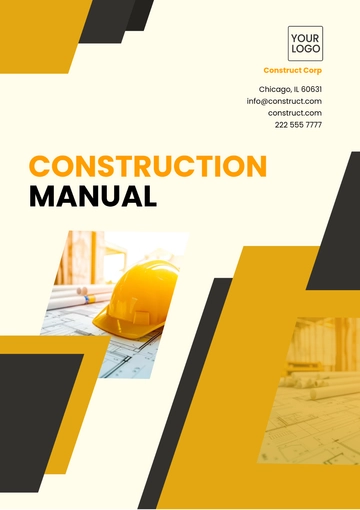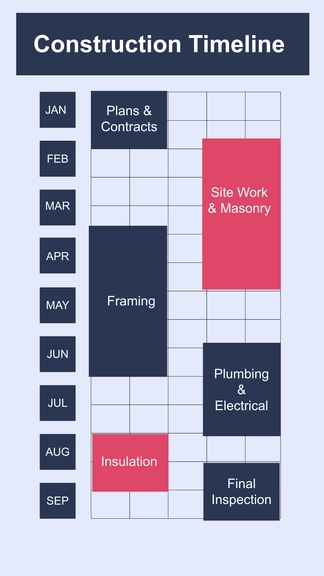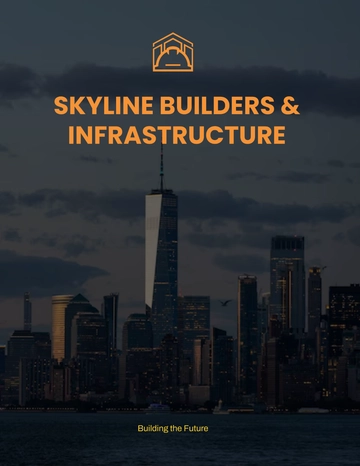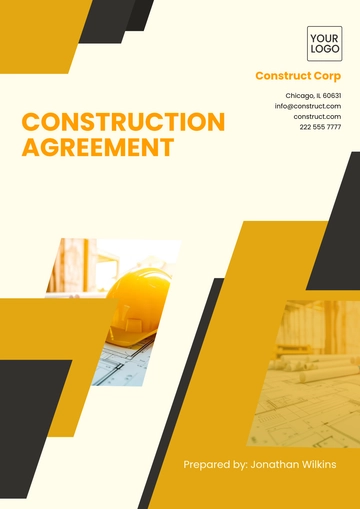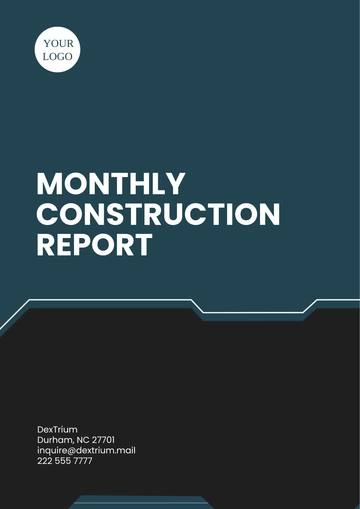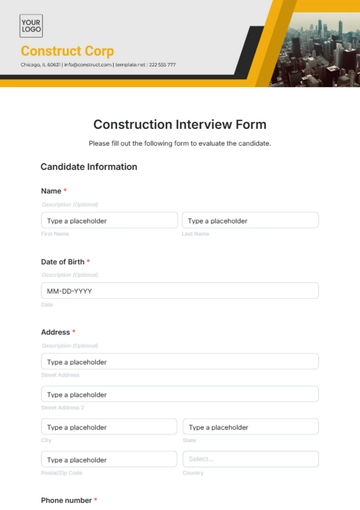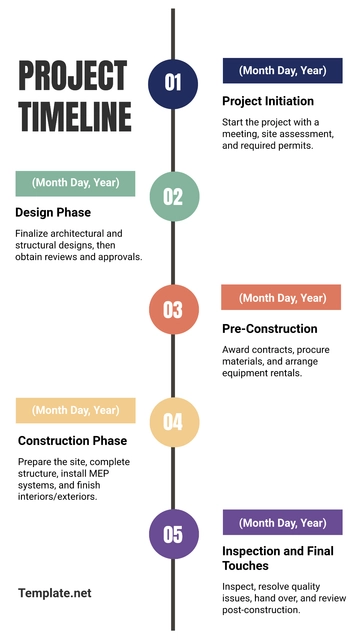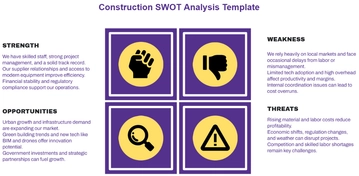Construction Logistics Requirements
Prepared By: [YOUR NAME]
Date: [DATE]
I. Introduction
The Construction Project at [Project Name] represents a complex and ambitious endeavor requiring thorough planning and effective coordination. This logistics plan is designed to outline the guidelines and specifications for managing the various aspects of the construction site, including the handling of materials, equipment, and personnel. The primary objectives are to minimize delays, optimize resource utilization, and ensure compliance with safety and regulatory standards throughout the project lifecycle.
II. Scope
This document delineates the logistics requirements for the entire construction site, covering the movement, storage, and handling of materials and equipment, scheduling of activities, safety measures, regulatory compliance, resource management, communication protocols, and contingency plans.
III. Logistics Plan
A. Material Handling
Receipt and Inspection:
| |
Storage:
| Concrete: Place in specified containers in the East Yard to avoid contamination and maintain ideal curing conditions. Steel Beams: Store in the North Lot, secured with protective coverings to prevent rust and damage.
|
Handling:
| |
B. Equipment Management
Safe Handling: Thoroughly train all personnel in safe and correct equipment usage, covering basic operations, safety protocols, and emergency procedures, and perform detailed pre-use inspections to detect and resolve any potential equipment problems, ensuring safety and reliability.
C. Personnel Coordination
IV. Scheduling
Delivery Timelines:
Equipment Use:
Milestones:
Activity | Start Date | End Date |
|---|
Foundations | 01/01/2050 | 01/15/2050 |
Framing | 01/20/2050 | 02/05/2050 |
V. Safety Measures
Personal Protective Equipment (PPE): All personnel must wear appropriate personal protective equipment (PPE), which includes essential items like hard hats, gloves, and safety glasses to ensure job safety and protection.
Emergency Procedures: It is crucial to have clear and thorough emergency protocols that include detailed evacuation plans for safe and orderly exits, as well as explicit first-aid instructions for injured or distressed individuals, to ensure everyone's safety and well-being.
VI. Regulatory Compliance
The logistics plan will adhere to and uphold all pertinent legal and regulatory mandates. This includes ensuring full compliance with local building codes, observing all environmental regulations, and abiding by labor laws. Each aspect of the logistics plan will be carefully reviewed and adjusted as necessary to align with these comprehensive standards to guarantee that no legal or regulatory criteria are overlooked or violated.
VII. Resource Management
Efficient allocation of resources including personnel, equipment, and materials will be ensured by coordinated planning and monitoring.
VIII. Communication Protocols
Clear and established procedures for internal and external communication regarding logistics will be followed to ensure smooth operations.
Internal Communications: The project team will gather together regularly to hold meetings in which they will offer updates on their individual and collective efforts. During these meetings, they will engage in discussions about various logistical issues and carefully review the progress that has been achieved so far.
External Communications: Maintaining regular and detailed communication with suppliers, contractors, and other key stakeholders ensures effective coordination of delivery schedules and the swift resolution of any arising issues or discrepancies.
IX. Contingency Plans
Backup Equipment: Make certain that supplementary equipment is both readily available and easily accessible so that it can function as a replacement if the primary equipment experiences any malfunctions, breakdowns, or failures.
Requirements Templates @ Template.net


